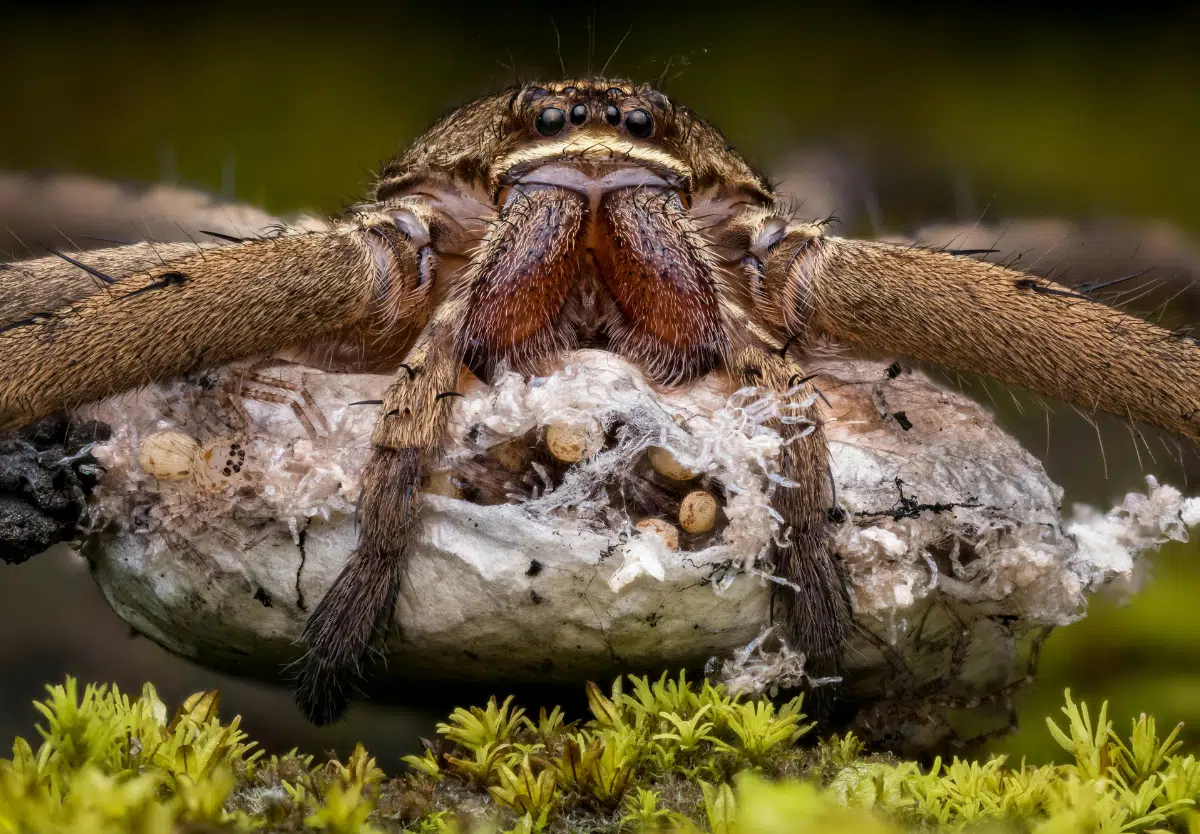Is There a New Record Holder for the World’s Largest Spider?
The Goliath Birdeater and the Giant Huntsman go head to head
Animal

It’s Be Kind to Spiders Week from April 1 to 7, and we’re taking it a step further by showing appreciation for two arachnid giants that are vying for the title of the world’s largest spider: the Goliath Birdeater and the Giant Huntsman.
When it comes to arachnids, the ‘Theraphosa blondi,’ commonly known as the Goliath Birdeater, has held the crown as the largest spider in the world for many years. But recently, a new contender has emerged to challenge the champion for its title.
The Goliath Birdeater, found in the rainforests of northern South America, is well known for its intimidating size. With leg spans that can reach up to 12 inches and a body length that can reach 5.1 inches, it commands respect. It can weigh a whopping 6 ounces, or roughly the weight of a small bird, making the Goliath Birdeater a true giant in the world of spiders.
However, the ‘Heteropoda maxima,’ a species of Giant Huntsman spider found in Laos, Southeast Asia, has entered the arena as a worthy contender, thanks to a leg span that reaches up to 12 inches. Although some Goliath Birdeaters have matched this, the Giant Huntsman’s legspan tends to be longer on average. The Giant Huntsman has a slightly more elongated body with long, spindly legs that help it achieve a greater leg span that usually surpasses the Goliath Birdeater’s measurements. With its body stretching to around 4 inches, it may not match the Goliath Birdeater’s weight, but its leg span gives it a competitive edge.
While the Goliath Birdeater still holds the title for the heaviest spider, the huntsman’s leg span gives it an edge when it comes to sheer length. But as any spider enthusiast will tell you, “size” is a tricky thing. Some argue that leg span is the more important factor, while others emphasize weight and body mass.
So, does the Giant Huntsman officially dethrone the Goliath Birdeater? Not quite—at least not yet. The question remains open for debate, with both spiders claiming their rightful places in the arachnid Hall of Fame.